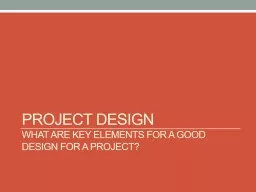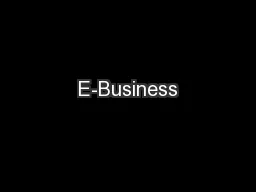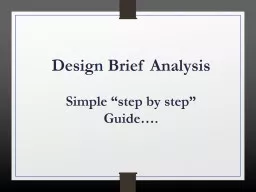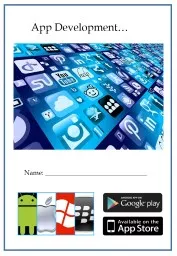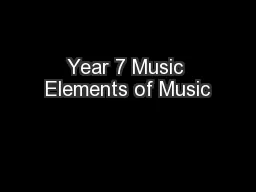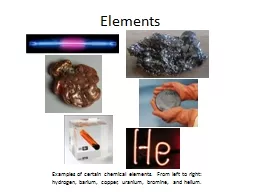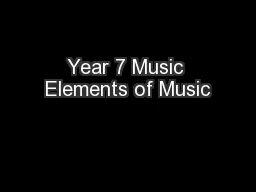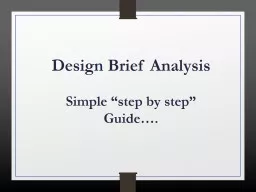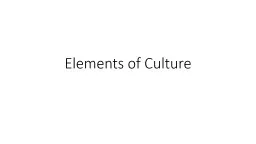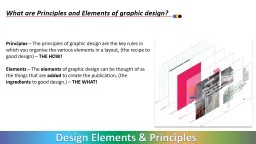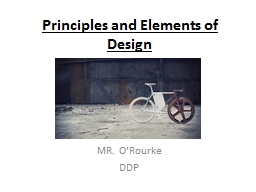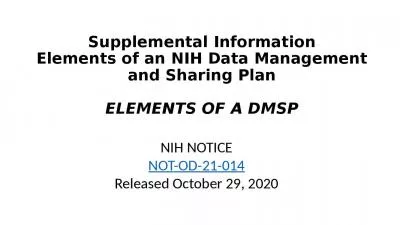PPT-Project Design What are key elements for a good design for a project?
Author : myesha-ticknor | Published Date : 2018-09-17
Problem Definition What problematic condition exists that demands a programmatic response Four W Questions What This is the project itself Who These are the projects
Presentation Embed Code
Download Presentation
Download Presentation The PPT/PDF document "Project Design What are key elements for..." is the property of its rightful owner. Permission is granted to download and print the materials on this website for personal, non-commercial use only, and to display it on your personal computer provided you do not modify the materials and that you retain all copyright notices contained in the materials. By downloading content from our website, you accept the terms of this agreement.
Project Design What are key elements for a good design for a project?: Transcript
Download Rules Of Document
"Project Design What are key elements for a good design for a project?"The content belongs to its owner. You may download and print it for personal use, without modification, and keep all copyright notices. By downloading, you agree to these terms.
Related Documents

